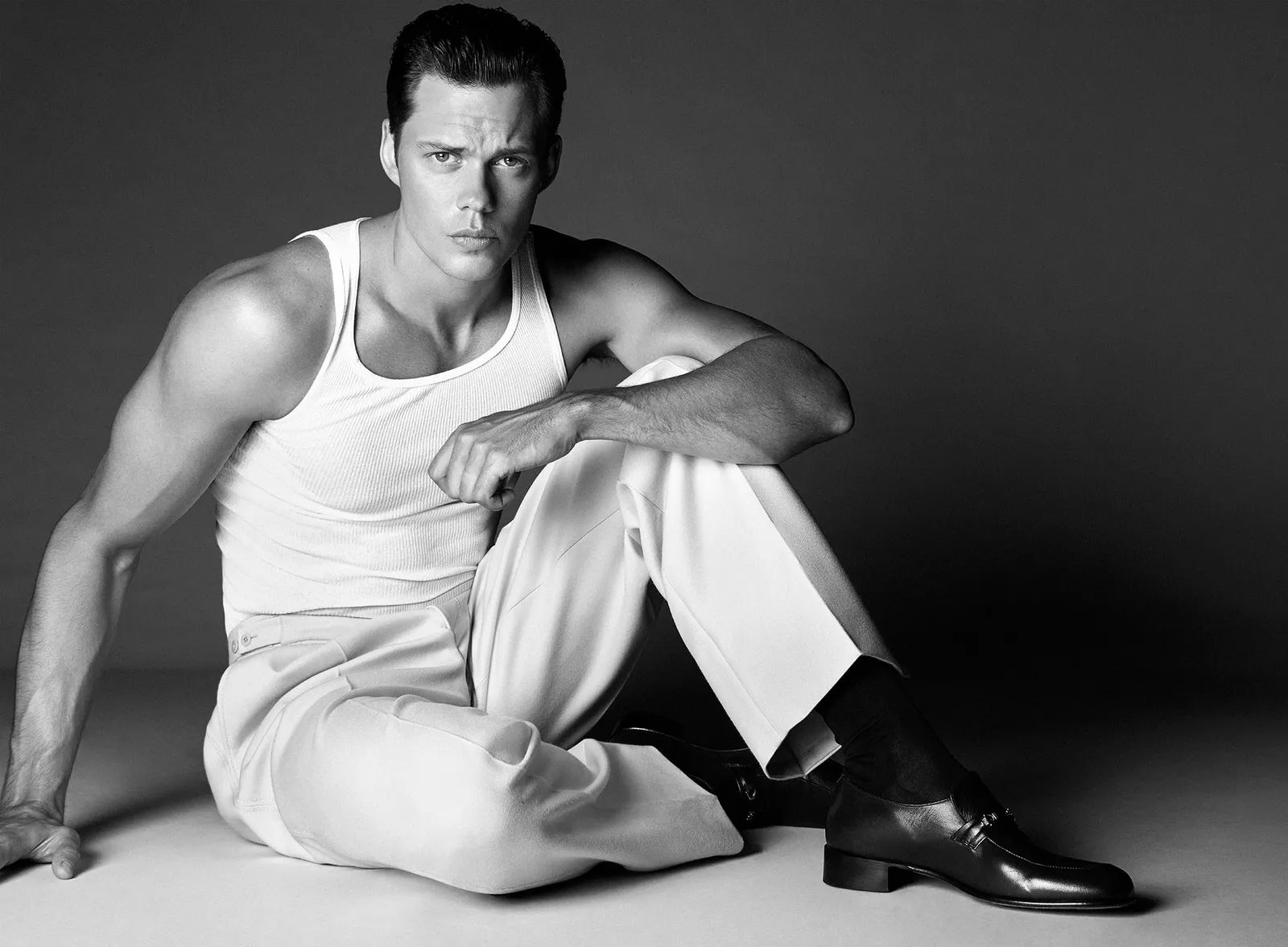Director Robert Eggers, known for his uncompromising approach to horror in films like The Witch and The Lighthouse, is set to bring a new version of Nosferatu to screens, diving deep into classic horror while bringing his signature authenticity to the production. Eggers’ vision for the 2025 Nosferatu remake has involved meticulous planning, a renowned cast, and an unexpectedly chaotic choice: using thousands of real rats to capture the eerie atmosphere of his reimagined vampire tale. With Bill Skarsgård taking on the iconic role of Nosferatu, Eggers’ ambition is palpable, blending gothic horror with his unique brand of realism.
A Tribute to Classic Horror
Nosferatu, a 1922 German silent horror film by F.W. Murnau, is one of cinema’s earliest vampire tales, lauded for its haunting visuals and chilling take on Bram Stoker’s Dracula. Eggers has long admired Murnau’s original and views his remake as a chance to pay homage to what he sees as a horror masterpiece. However, the weight of reimagining such an iconic film has not been lost on him; he has expressed deep respect for Murnau’s work and a desire to honor its spirit while also bringing a modern twist.
Skarsgård, known for his portrayal of Pennywise in It, is ideal for the unnerving and otherworldly role of Nosferatu. His ability to channel terror through nuanced performances brings a fresh edge to this character, which has gone through numerous interpretations over the years. Together, Eggers and Skarsgård aim to create a new vampire myth that blends the terrifying and the tragic, highlighting the complexity and pathos of the iconic monster.
5,000 Rats: A Commitment to Authenticity
One of the film’s most notable production choices is Eggers’ decision to use 5,000 real rats to enhance the horror and atmosphere. This ambitious, practical effect-driven approach aligns with Eggers’ philosophy of filmmaking, which favors authenticity over CGI whenever possible. However, the logistics of working with thousands of live rats proved far more challenging than anticipated, as the director recently admitted. While he believed the rats would contribute an organic sense of horror to the setting, he soon discovered that rats pose unique challenges—most notably, their inability to control bodily functions, which created unexpected cleanliness and containment issues on set.
Eggers has since remarked that the decision to use real rats, while consistent with his pursuit of realism, became a “mistake” as it led to significant issues in maintaining a sanitary set and caused disruptions to production. Despite these complications, Eggers stuck with his choice, demonstrating his dedication to achieving an authentic, grounded horror experience. The use of real animals over digital effects not only increases the believability of scenes but also serves as a nod to old-school horror techniques that prioritize tactile, real-world elements over visual effects.
A Cast that Elevates Classic Horror
In addition to Skarsgård, Eggers has assembled a talented cast that includes Anya Taylor-Joy, Willem Dafoe, and Nicholas Hoult. Each actor brings something unique to the table, and their collective skill helps to deepen the film’s characters and atmosphere. Taylor-Joy, who starred in The Witch, reuniting with Eggers, is expected to portray a complex, modernized version of the vampire’s tragic love interest. Dafoe, known for his versatile and intense performances, is likely to deliver a haunting interpretation that echoes his past work in Shadow of the Vampire, a fictional account of the original Nosferatu production. This mix of talent not only elevates the film’s narrative but also connects it to Eggers’ ongoing exploration of fear, isolation, and obsession.
Crafting a Modern Nosferatu
Eggers’ Nosferatu is more than a mere remake; it is a reimagining that seeks to both respect and expand upon the original film’s legacy. The director’s penchant for historical authenticity can be seen in every aspect of the production, from the costumes to the sets, which have been meticulously designed to evoke the atmosphere of 19th-century Europe. The sets reflect both the elegance and decay of the period, amplifying the story’s themes of mortality and dread. To Eggers, horror is about immersion, and his painstaking efforts aim to draw audiences into a world that feels unsettlingly real.
This realism is underscored by the director’s commitment to authenticity in sound design and cinematography. He is known for his use of natural lighting and period-specific soundscapes, techniques that he has employed in previous films to create an immersive atmosphere. In Nosferatu, he is expected to employ similar methods, using practical effects, real locations, and an unsettling soundscape that blurs the line between the audience’s world and the dark, oppressive realm of the vampire.
The High Stakes of Remaking a Masterpiece
Taking on Nosferatu is a bold move, and Eggers has openly acknowledged the pressure that comes with remaking a piece of cinematic history. The original film’s place in horror canon means that fans have high expectations, and Eggers’ desire to do justice to Murnau’s vision is palpable. This pressure is compounded by his commitment to practical effects and historical accuracy, as these elements not only honor Murnau’s work but also add an extra layer of responsibility to the project. By choosing to remake Nosferatu, Eggers is navigating a difficult balance between tradition and innovation, and his choices will inevitably draw close scrutiny from critics and fans alike.
Skarsgård, meanwhile, has described the experience as daunting yet thrilling, particularly given the legacy of the character he is set to embody. For him, the role of Nosferatu is an opportunity to push his acting abilities and embrace a role that combines horror with emotional depth. Skarsgård’s performance will play a crucial role in determining the film’s impact, as his portrayal of Nosferatu must resonate with contemporary audiences while paying homage to the iconic vampire of cinema history.
A Testament to Eggers’ Vision
In his commitment to authenticity and dedication to capturing the unsettling atmosphere of Murnau’s original, Robert Eggers has set high expectations for Nosferatu. His choice to work with 5,000 rats is a bold example of his willingness to go to great lengths for his vision, despite the significant challenges it presented. With an ensemble cast, stunning period details, and an unyielding pursuit of horror rooted in realism, Eggers’ Nosferatu has the potential to be a milestone in modern horror filmmaking.
By taking risks and staying true to his artistic values, Eggers is not only bringing new life to Nosferatu but also contributing to a genre that continues to evolve. The film will undoubtedly be an event for horror enthusiasts, who will get to witness a director pushing the boundaries of traditional filmmaking. With its blend of historical authenticity, chilling performances, and Eggers’ signature style, Nosferatu promises to be both a tribute to classic horror and a groundbreaking work in its own right.

